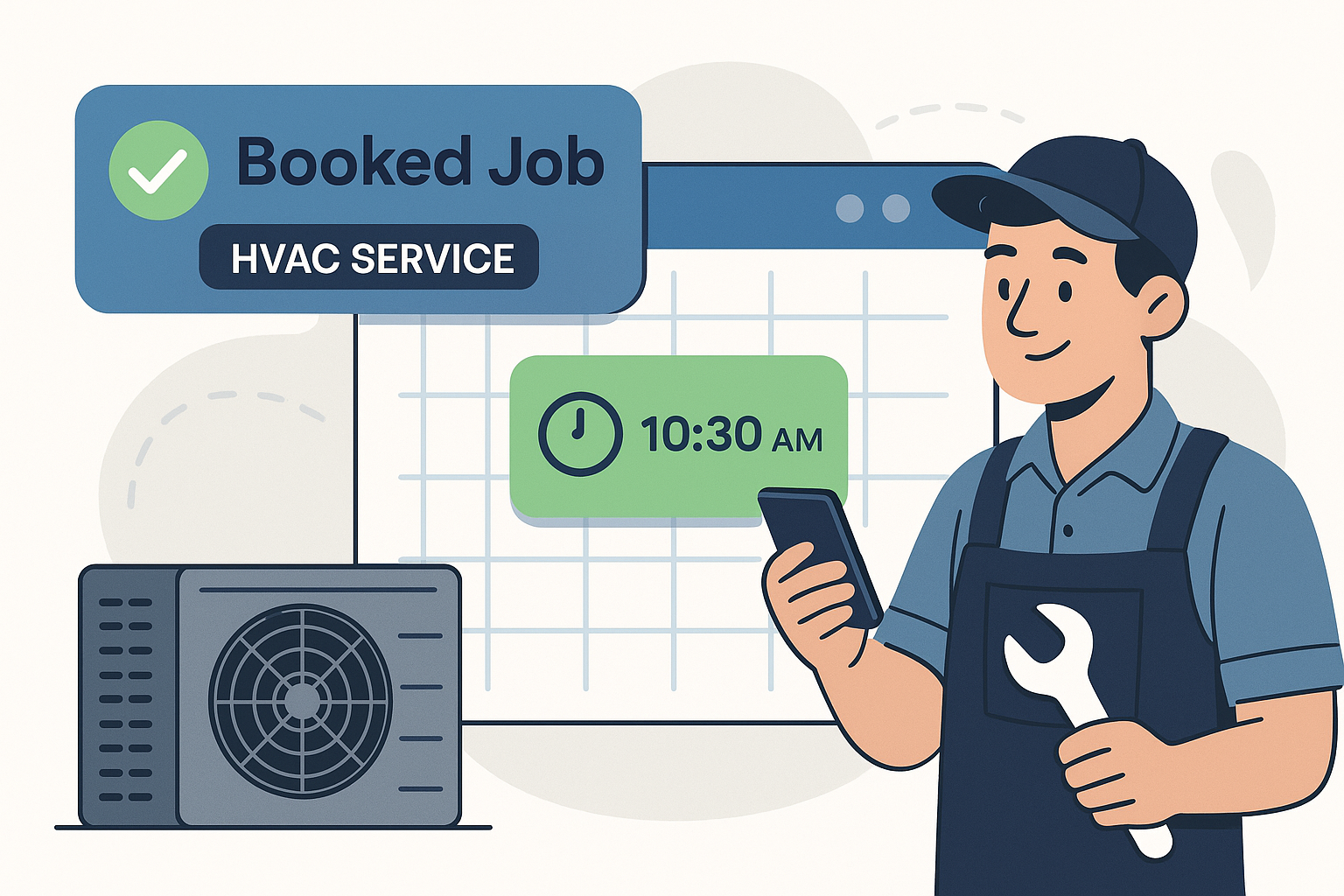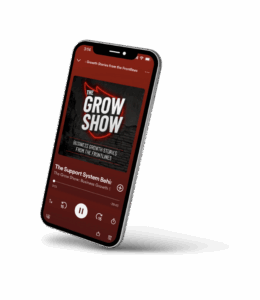In today’s fast-paced digital landscape, your website is often the first impression customers have of your brand. A well-executed redesign can elevate user experience, boost conversions, and align your online presence with evolving business goals. But before diving into a website redesign, one crucial question looms large: How much does it cost to redesign a website?
This article breaks down the factors influencing website redesign costs, explores typical price ranges, and offers actionable insights to help businesses make informed decisions. Whether you’re a startup, an established company, or an e-commerce powerhouse, understanding the financial investment behind a website redesign is essential for maximizing ROI and achieving long-term success.
Contents
Why Website Redesign Costs Vary So Widely
Website redesign is not a one-size-fits-all project. The cost can range from a few thousand dollars to hundreds of thousands, depending on several variables. Recognizing why costs fluctuate is the first step toward budgeting effectively.
Scope and Complexity of the Project
The breadth of your redesign—whether it’s a simple refresh or a complete overhaul—directly impacts cost. A basic redesign might involve updating visuals and improving navigation, while a complex project could include custom development, new functionalities, integrations, and content strategy.
For example, a small business website with 5-10 pages will require less time and resources than a multinational corporation’s site with hundreds of pages, multiple languages, and intricate backend systems. The latter may necessitate extensive planning sessions, stakeholder interviews, and user testing to ensure that the final product meets the diverse needs of its audience, further driving up costs.
Design and User Experience Requirements
Modern users expect sleek, intuitive, and responsive designs. Incorporating advanced UX/UI principles, accessibility standards, and mobile-first design can increase costs but significantly improve engagement and conversions.
Custom graphics, animations, and interactive elements also add to the design complexity. Conversely, using pre-made templates or themes can reduce expenses but may limit uniqueness and brand alignment. Furthermore, the design process often involves multiple iterations and feedback loops, which can extend timelines and increase labor costs as designers and clients work together to refine the vision until it perfectly encapsulates the brand’s identity.
Content Creation and Migration
Content is king, and redesigns often involve rewriting, restructuring, or migrating existing content. Professional copywriting, SEO optimization, and multimedia production (videos, images, infographics) contribute to higher costs but are critical for retaining search rankings and enhancing user experience.
Additionally, the process of content migration can be labor-intensive, especially if the existing content is outdated or poorly structured. This may involve auditing current content, identifying gaps, and creating new material that aligns with the updated design and strategy. The need for collaboration between writers, designers, and SEO specialists can further complicate the process, adding to the overall expense.
Technology Stack and Integrations
The choice of platform (WordPress, Shopify, custom CMS, etc.) and the need for third-party integrations (CRM, payment gateways, marketing automation) influence the technical complexity and, consequently, the budget.
Custom-coded solutions require specialized developers and longer timelines, increasing costs, while off-the-shelf platforms with plugins can be more cost-effective but might limit scalability. Moreover, the integration of various tools and systems can introduce unforeseen challenges, necessitating additional testing and troubleshooting to ensure seamless functionality across all components of the website.
Agency vs. Freelancer vs. In-House
Who executes the redesign also affects pricing. Agencies typically offer comprehensive services including strategy, design, development, and post-launch support, but at a premium. Freelancers may be more affordable but might lack the breadth of expertise or capacity for large projects. In-house teams provide control but incur ongoing costs beyond the redesign itself.
When choosing the right partner for a redesign, it’s essential to consider not just the immediate costs but also the long-term value each option brings. Agencies often have access to a broader range of resources and expertise, which can lead to a more polished final product. On the other hand, freelancers may offer a more personalized approach and flexibility in their work, which can be beneficial for smaller projects or startups. In-house teams, while potentially more costly in the long run, can ensure that the website aligns closely with the company’s evolving goals and brand vision, making them a valuable investment for larger organizations.
Typical Website Redesign Cost Breakdown
Understanding the components that make up the total cost helps businesses allocate budgets wisely. Here’s a detailed breakdown of common cost elements in a website redesign.
1. Discovery and Strategy
Before any design work begins, a thorough discovery phase is essential. This involves stakeholder interviews, competitor analysis, user research, and defining goals.
Costs here range from $1,000 to $10,000 depending on project size. This phase ensures the redesign aligns with business objectives and user needs, preventing costly missteps later. Additionally, this stage may include the development of user personas and journey mapping, which are invaluable for understanding how different users interact with the site. By identifying pain points and opportunities during this phase, businesses can create a more targeted and effective redesign that resonates with their audience.
2. Design and Prototyping
Design includes wireframes, mockups, and interactive prototypes. High-fidelity designs that reflect final aesthetics and user flows can cost between $3,000 and $30,000.
Investing in quality design pays off by reducing revisions and enhancing user satisfaction. Furthermore, this phase often incorporates user testing on prototypes to gather feedback before finalizing designs. This iterative process not only refines the visual elements but also ensures that the user experience is intuitive and engaging, ultimately leading to higher conversion rates once the site is live.
3. Development and Coding
This is often the most significant expense. Front-end and back-end development, CMS setup, responsive design, and integration with third-party services typically range from $5,000 to $50,000 or more.
Complex functionalities such as e-commerce, membership portals, or custom APIs increase costs substantially. Additionally, the choice of technology stack can greatly influence the budget; for instance, opting for a custom-built solution versus a template-based approach can lead to significant variances in both cost and time to launch. Ensuring that the development team is well-versed in current best practices and security measures is also critical, as this can save businesses from potential vulnerabilities down the line.
4. Content Creation and SEO
Professional copywriting, image sourcing, video production, and SEO optimization are vital for driving traffic and engagement. Budgets here vary widely, from $2,000 to $20,000 depending on volume and quality.
Moreover, the importance of SEO cannot be overstated; a well-optimized site can significantly enhance visibility in search engine results. This phase may also involve keyword research, on-page optimization, and the creation of a content strategy that aligns with user intent. Engaging content not only attracts visitors but also encourages them to stay longer, interact with the site, and ultimately convert into customers.
5. Testing and Quality Assurance
Comprehensive testing across devices, browsers, and user scenarios ensures a smooth launch. QA costs typically range from $1,000 to $5,000 but are crucial to avoid post-launch issues.
This phase often includes both automated and manual testing to identify bugs and usability issues. Additionally, performance testing is essential to ensure that the site loads quickly and efficiently, as slow load times can lead to high bounce rates. By investing in thorough testing, businesses can ensure that their site not only functions correctly but also provides a seamless experience for users, which is critical for maintaining brand reputation.
6. Launch and Post-Launch Support
Launching the site involves deployment, monitoring, and troubleshooting. Ongoing maintenance, updates, and analytics tracking can add $500 to $5,000 monthly depending on service level.
Post-launch support is crucial for addressing any immediate issues that arise after the site goes live. This may include fixing bugs, optimizing performance, and making quick adjustments based on user feedback. Furthermore, regular updates and maintenance are necessary to keep the site secure and functioning optimally, especially as technology and user expectations evolve. Investing in ongoing support can help businesses stay ahead of the competition and ensure their website continues to meet the needs of their audience.
Average Cost Estimates by Website Type
To provide more concrete guidance, here are ballpark figures for different website types based on industry data and market trends.
Small Business Websites
Typically consisting of 5-15 pages, these sites focus on clear messaging and lead generation. A redesign can cost between $5,000 and $15,000.
Many small businesses opt for WordPress or Squarespace platforms with some customization, balancing cost and quality. These platforms not only provide user-friendly interfaces but also come with a variety of plugins that can enhance functionality without the need for extensive coding knowledge. Additionally, small businesses often benefit from local SEO strategies integrated into their websites, helping them attract nearby customers and improve their online visibility.
E-Commerce Websites
Redesigning an online store involves product catalogs, payment systems, and customer accounts. Costs usually range from $15,000 to $60,000, depending on the number of products and features.
Platforms like Shopify and WooCommerce offer scalable solutions, but custom features will increase budgets. Moreover, e-commerce websites must prioritize user experience, ensuring that navigation is intuitive and checkout processes are streamlined to reduce cart abandonment rates. Incorporating features such as customer reviews, wish lists, and personalized recommendations can significantly enhance user engagement and drive sales.
Corporate and Enterprise Websites
Large organizations require robust, scalable, and secure websites with complex integrations. Redesign costs can start at $50,000 and reach upwards of $200,000 or more.
These projects often involve multiple stakeholders, extensive testing, and ongoing support contracts. Furthermore, enterprise websites frequently need to comply with various regulations, such as GDPR or ADA, necessitating additional resources for legal compliance and accessibility features. The integration of advanced analytics tools is also common, allowing corporations to track user behavior and optimize their digital strategies based on real-time data.
Nonprofit and Educational Websites
Nonprofits and educational institutions often have limited budgets but still require professional, accessible sites. Costs typically fall between $10,000 and $40,000, with emphasis on storytelling and donor engagement.
These organizations often leverage their websites to communicate their mission and impact, utilizing compelling visuals and narratives to connect with their audience. Features such as donation portals, event calendars, and volunteer sign-up forms are crucial for enhancing community involvement. Additionally, educational institutions may require robust content management systems to facilitate the sharing of resources, course information, and student engagement tools, making it essential to choose a platform that supports these functionalities while remaining within budget constraints.
Hidden Costs and Long-Term Considerations
Beyond the upfront redesign budget, several hidden costs and ongoing expenses can impact the total investment.
Content Updates and Maintenance
Websites require regular updates to content, security patches, and performance optimizations. Neglecting maintenance can lead to vulnerabilities and poor user experience, affecting ROI.
Moreover, the frequency of content updates can vary significantly depending on the industry and audience engagement. For instance, a news website may need hourly updates, while a corporate site might only require weekly or monthly adjustments. This variability necessitates a well-thought-out content strategy that not only addresses current trends but also anticipates future needs. Investing in a robust content management system (CMS) can streamline these updates, making it easier for teams to keep the site fresh and relevant without incurring excessive labor costs.
Training and Internal Adoption
If a new CMS or tools are introduced, staff training is necessary. This can incur additional costs but ensures smooth content management and reduces reliance on external vendors.
Furthermore, the effectiveness of the training program can significantly influence how well the new tools are adopted. Engaging training sessions that include hands-on practice and tailored support can empower employees, fostering a culture of innovation and adaptability. It’s also beneficial to create comprehensive documentation and resources that staff can reference post-training, ensuring they feel confident in using the new system. This proactive approach can minimize disruptions and enhance overall productivity, ultimately leading to a more efficient workflow.
Marketing and Promotion
A redesigned website is only effective if people visit it. Budgeting for digital marketing, SEO campaigns, and social media promotion is critical to capitalize on the redesign.
In addition to traditional marketing efforts, leveraging analytics tools to track user behavior can provide invaluable insights into how visitors interact with the site. This data can inform future marketing strategies and help tailor content to better meet audience needs. Additionally, consider the importance of developing a strong brand presence across various channels, as consistency in messaging can significantly enhance user trust and engagement. Collaborating with influencers or industry leaders can also amplify reach and drive traffic to the newly designed site, making it an essential aspect of the overall marketing strategy.
Future Scalability
Building a website with future growth in mind can save money long-term. Investing in scalable architecture and flexible platforms may increase initial costs but reduce expensive rebuilds later.
Moreover, as technology evolves, so do user expectations. A website that is built to adapt to new trends, such as mobile responsiveness or integration with emerging technologies like AI and chatbots, can maintain relevance and user satisfaction over time. Planning for scalability also involves considering potential integrations with third-party services, such as e-commerce platforms or customer relationship management (CRM) systems, which can enhance functionality without the need for a complete overhaul. This foresight not only protects your investment but also positions your business to capitalize on new opportunities as they arise.
How to Get the Best Value from Your Website Redesign
Maximizing ROI from a website redesign requires strategic planning and smart decision-making.
Set Clear Objectives and KPIs
Define what success looks like: increased traffic, higher conversion rates, improved user engagement, or brand repositioning. Clear goals guide the redesign process and help measure results. Consider utilizing tools such as Google Analytics to track performance metrics and adjust your strategies accordingly. Establishing both short-term and long-term KPIs can provide a comprehensive view of your website’s effectiveness, allowing you to pivot as necessary to meet evolving business needs.
Choose the Right Partner
Evaluate agencies or freelancers based on portfolio, expertise, and cultural fit. Transparent communication and a collaborative approach reduce risks and ensure alignment. Look for partners who not only understand the technical aspects of web design but also have a strong grasp of your industry. This knowledge can lead to innovative solutions tailored to your specific audience, enhancing the overall impact of your redesign.
Prioritize User Experience
Invest in UX research and testing to create intuitive, accessible designs. A seamless user journey drives conversions and customer loyalty. Consider conducting user interviews or surveys to gather insights directly from your target audience. This feedback can reveal pain points and preferences that may not be immediately apparent, allowing you to create a design that truly resonates with users. Additionally, incorporating elements like responsive design ensures that your website performs well across various devices, further enhancing the user experience.
Plan for Content and SEO
Don’t overlook content strategy and search engine optimization. Quality content attracts and retains visitors, while SEO ensures visibility in search results. Develop a content calendar that aligns with your business goals and audience interests, ensuring a consistent flow of fresh, relevant material. Collaborating with SEO experts during the redesign can help identify keywords and phrases that will enhance your site’s searchability, ultimately driving more organic traffic and improving your site’s ranking on search engine results pages.
Budget for Maintenance and Growth
Allocate funds for ongoing support, updates, and marketing. A website is a living asset that requires continuous investment. Consider establishing a maintenance plan that includes regular updates, security checks, and performance monitoring to keep your site running smoothly. Additionally, set aside a portion of your budget for future enhancements based on user feedback and emerging trends in web design. This proactive approach not only keeps your website relevant but also positions your brand as a leader in your industry, ready to adapt to changing market demands.
Conclusion
Redesigning a website is a significant investment that can transform your digital presence and business outcomes. Costs vary widely based on project scope, design complexity, technology choices, and ongoing needs.
By understanding the factors influencing pricing and planning strategically, businesses can budget effectively and partner with the right experts to deliver a website that not only looks great but drives measurable results.
Remember, a website redesign is not just an expense—it’s an opportunity to future-proof your brand and create meaningful connections with your audience in an increasingly competitive digital world.
Ready to Elevate Your Digital Presence?
Embarking on a website redesign is a pivotal step towards amplifying your business’s online impact. At Abstrakt Marketing Group, we specialize in propelling B2B companies forward with our top-tier lead generation services. If you’re looking to not only refresh your website but also enhance your lead generation capabilities, we’re here to guide you to success. Our dedicated team is committed to crafting strategies that drive high-quality leads and foster substantial growth for your business. Learn More about how we can help you turn your website into a lead generation powerhouse.
- Madison Hendrixhttps://www.abstraktmg.com/author/mhendrixabstraktmg-com/
- Madison Hendrixhttps://www.abstraktmg.com/author/mhendrixabstraktmg-com/
- Madison Hendrixhttps://www.abstraktmg.com/author/mhendrixabstraktmg-com/
- Madison Hendrixhttps://www.abstraktmg.com/author/mhendrixabstraktmg-com/







